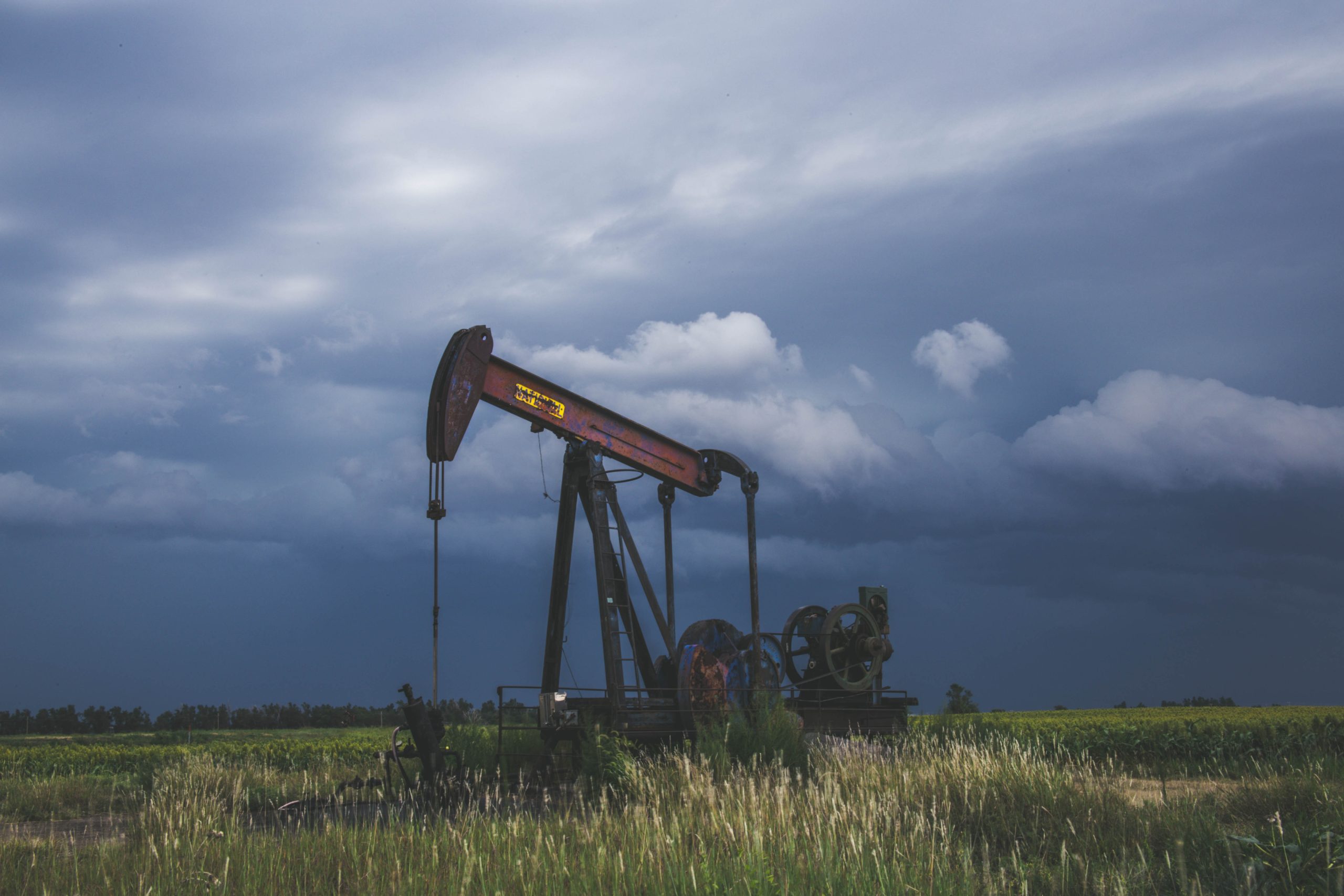A new study shows that methane emissions from oil production in the US can be observed from space — a major improvement over measurements from previous satellite instruments.
(Photo: Jeff W / Unsplash)
Production of oil and natural gas in North America is at an all-time high due to the development and use of horizontal drilling and hydraulic fracking. Methane emissions associated with the production of fossil fuels (coal, oil and natural gas), due for example to leaking, are thought to constitute about 24% of the global emissions of methane. Methane is a strong greenhouse gas. Hence the importance to trace the exact origin of the emissions in order to stop the leaks and improve production facilities.
In an article published earlier this month in Nature Scientific Reports researchers have demonstrated that they can do exactly that using a new satellite instrument called Tropomi aboard ESA’s satellite Sentinel-5P. The publication is entitled Daily Satellite Observations of Methane from Oil and Gas Production Regions in the United States. One of the authors is Dr. Pepijn Veefkind of the Geoscience and Remote Sensing department and the Dutch meteorological institute KNMI.
Pinpointing the exact location of leakage
“Measurements from previous satellite instruments typically needed to be averaged over a year or more to pinpoint the exact location”, says Veefkind. “Using validating evidence from ground-based and airborne measurements from airplanes, we show that the observed methane in single overpasses can be attributed to emissions from oil and natural gas production. These results suggest that the future determination of regional methane emissions, with a high time resolution and soon after the time of emission, will be feasible.”
Tropomi is an acronym for Tropospheric Monitoring Instrument. The instrument, which was launched in 2017, measures the chemical composition of the troposphere, the lowest layer in the atmosphere up to 10 and 15 km altitude. The instrument measures the sunlight absorbed and scattered by the atmosphere.
Explosion in a natural gas well
Another important publication emanating from Tropomi appeared in December last year. Data from this satellite revealed that an explosion in a natural gas well in Ohio in February 2018 released more than 50 000 tons of methane into the atmosphere. The blowout leaked more of this potent greenhouse gas in 20 days than the majority of many European nations do in a year from their oil and gas industries.
The importance of measuring anthropogenic methane emission was made even clearer this month. A group of climate researchers, led by the University of Rochester, showed in a article in Science that the earth probably has a natural buffer systems that prevent methane that escapes from melting permafrost and marine hydrates from reaching the atmosphere. They analysed the carbon isotopic composition of atmospheric methane trapped in bubbles in Antarctic ice and found that methane emissions from these old carbon sources during the last deglaciation, a warming interval thousands of years ago, were small.
This finding suggests that in future warming events natural methane emissions are unlikely to be as large as some have suggested and that we should, instead, be more concerned about anthropogenic emissions originating from human activities such as gas and oil extraction.
Do you have a question or comment about this article?
tomas.vandijk@tudelft.nl


Comments are closed.